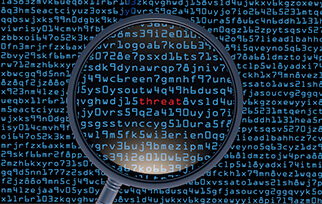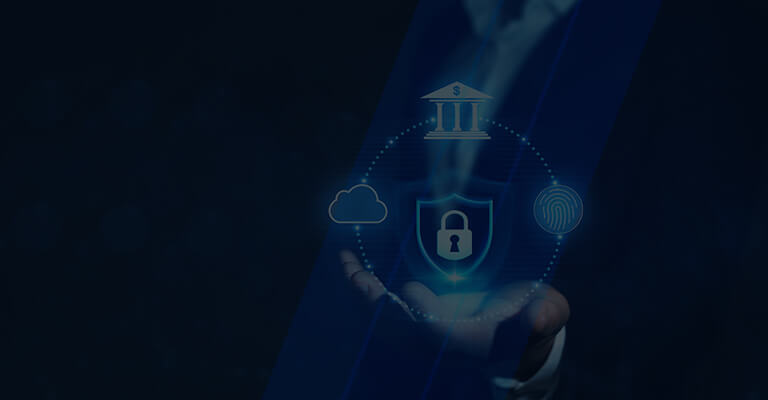As digital transformation spreads across industries, so do the frequency and propensity of cybercrimes. Soaring numbers of online and mobile transactions and expanding attack surfaces due to growing complexities in the business landscape have resulted in a ‘security awakening’ among consumers.
Until a few years ago, security leaders often exclaimed that “a company is only as strong as the weakest link” while discussing the cybersecurity posture of businesses. Whereas now, even end users or consumers, famously termed 'netizens,' appear to understand the importance of good security and privacy practices.
The increased internet and mobile device penetration have led to the expansion of attack surface and elevated sophistication of cyberattacks. According to our cybersecurity consultants, recent news doing circles in the consumer space is that rogue elements are now applying skills from their 'playbook' of targeting businesses to consumers. In most cases, consumers are often caught unawares, leading to lost or damaged personal/financial data or stolen assets.
A bigger cause for worry is that advanced malware now comes embedded in applications. For instance, malware embedded in games is often successful at leveraging the curiosity of gaming enthusiasts. Tweaks, patches, and cheat codes come laced with RedLine or Remote Trojans, capable of stealing data after infecting the entire operating system of consumers. In addition, cryptojacking or illegal mining of cryptocurrency by cybercriminals has risen 3 times in 2022, giving sleepless nights to netizens and businesses alike. Privacy coin Monero (XMR) is the most popular coin illegally mined throughout the dark web. Tech biggies like Google, Amazon, and Microsoft have reinforced their cyber defenses to detect and neutralize such threats in real-time. Our cybersecurity experts advise that consumers can protect themselves by equipping themselves with the latest knowledge and awareness about advanced threats that hacking groups like REvil and DarkSide utilize.
INFOGRAPHIC:

Source: Various leading providers of Audit, Tax, and Advisory services
Our experts are observing a positive streak wherein awareness regarding consumer privacy, and online security practices have increased over the years. Numerous consumers have made changes to update and protect themselves and their Personally Identifiable Information (PII). Many are willing to buy advanced cybersecurity solutions from Information Security Providers (ISPs). Our cybersecurity consultants have observed that consumers are most likely to purchase tailored, cost-effective solutions that can proactively manage threats in real-time or even before an incident might occur. Studies from a leading research firm show that 78% of its respondents already had pre-installed cybersecurity devices, while 15-30% proactively installed a cybersecurity application at later stages.
So, what all kinds of solutions do consumers expect?
More and more consumers are leaning towards Security-as-a-service (SECaaS), which includes advanced cybersecurity solutions such as:
- Cloud security
- Threat intelligence
- Identity and access management
- Network Security-as-a-Service
- Extended managed detection response, or XMDR, offers 24/7 monitoring, incident response, endpoint detection, and response
Broadly, the onus is on consumers to prevent and reduce cybercrimes. Here are some helpful tips gathered by our cybersecurity experts:
- Initiate multifactor authentication (MFA) across all applications and frequently visited sites
- Regularly install security patches and updates
- Do not click on dubious links or emails
- Create stronger passwords, install password managers, and keep unique passwords
Cybersecurity concerns among consumers have also forced businesses to rethink their cyber defense strategies. A leading provider of audit, tax, and advisory services cited that businesses can enhance their cyber resilience by adopting the following measures:
- Building a cybersecurity-centric culture within the organization and promoting effective collaboration between business, technology, and cybersecurity teams.
- Effectively communicating the organization’s cybersecurity capabilities to drive customer satisfaction.
It’s time for consumers and businesses to perceive cybersecurity as beyond a 'check the box' exercise and embed it as a strategic tool within their daily operations. Ensuring transparency in business operations by providing customers with visibility into company data privacy and security capabilities can go a long way in building trust. This will also encourage organizations to manage their data with integrity.
Other Blogs

From Nuclear Centrifuges To Machine Shops: Securing IoT
IoT or ‘the internet of things’ has been around for a lot longer than the buzzword
Read More


Demystifying XDR
As the capabilities of threat actors have increased so have the tools which we utilize to detect and respond to their activities.
Read More


Cybersecurity In A Post Pandemic World
As many cyber security practitioners will tell you, the most imminent and dangerous threat to any network are the employees accessing it.
Read More


